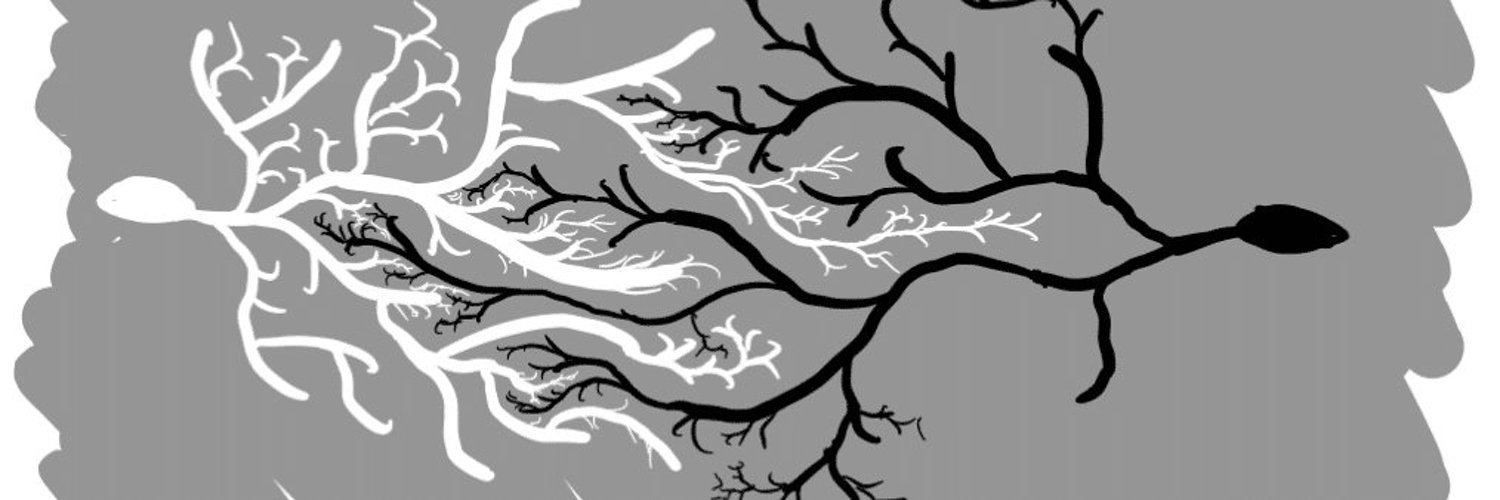A story about how mental imagery works
Unless you have aphantasia, you're probably capable of some form of mental imagery. I'm incredibly interested in what makes mental imagery different from standard sighted vision. Here's my story so far:
Visual sense data gets routed from the optic nerves, through the thalamus, to the Visual Cortex (VC) and [something else maybe]
The VC is where increasingly complex object recognition happens. Early stages of processing are doing things like edge detection, and late stages are high level processing like identifying a face.
Despite there being a clear increasing complexity of representations as you go up the VC, the processing is all compartmentalized and not integrated. Another way to think of this is that there is no "final result" of the VC; there's a bunch of compartmentalized high-level results, a chunk of VC that's detected a door knob, a chunk that's detected a wooden frame, a chunk that detects Todd walking through the door. There isn't a physical spot in the VC where all these representations pool together.
My favorite theory for how these disparate percepts are bound together into a cohesive whole involves rhythm. Neurons are always spiking, which means chunks of your brain are always pulsing. The idea is that a coherent "final perception" is the experience of all of the relevant but disparate parts of the VC pulsing in sync.
The Prefrontal Cortex (PFC) can learn to trigger high level visual representations in the VC. A thing it has a hard time doing is triggering getting multiple chunks of representation to trigger in sync. Normally, this synchronization is handled by the stream of visual data from the eyes; the data get's processed, all the high level reps are being activated, it only takes slight guidance to synch everything up. The PFC can't determine what reps to activate and sync them up nearly as coherently as a real stream of data can.
The better you are at this, the sharper and clearer and more detailed your mental imagery would be.
I personal have very fuzzy mental imagery. When I inspect it, there aren't a lot of details present at once. I can produce different details, but I have to focus and generate just those details at the expense of other things.
So one big reason why mental imagery doesn't feel the same as vision is because the PFC just can't synchronize representations that well
Another reason is that when you get visual data, it has "side effects" from going through the thalamus and [something else maybe]. When the PFC is puppeteering imagery, there aren't those side effects.
One theory of Blindsight is that your VC is fucked up, but not your thalamus. So you can't have any conscious experience of vision, but can still tell where some objects are (all "side effects" and no object recognition)
This also jives with differences between imagination and dreaming. Dreaming isn't controlled by the PFC. Dreams also feel more real than mental imagery. It seems like dreams are generated somewhere deeper in the brain stem. This means in dreams you should "side effects" and object recognition, which bears out in how my dreams work.
